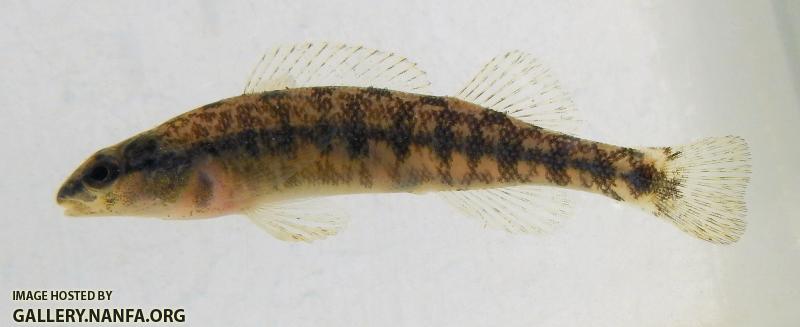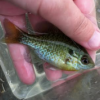So both of these individuals were caught on the same day in the same creek (in the Chattahoochee watershed) north of Atlanta this Saturday. I cannot get over the difference. I know this is supposed to be a highly variable species, but really? One has flecks and markings on almost all the fins and the other one has almost none. The one with no markings on the fins looked almost bluish when it first came out of the water (both of these fish were in a bucket for 30 minutes or so), and the other one was always a brownish overall color. The more plain one was also a bit larger, but it really makes me wonder about these fish. We have seen these "bluish looking blackbandeds" before, but this was the first time I saw such a contract in one location.













